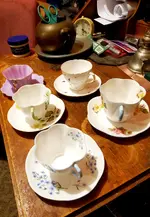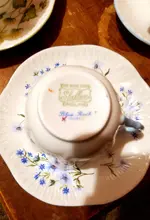Rillie Alys
Tenderfoot
- #1
Thread Owner
So here recently my grandmother passed away and we have been cleaning out the house gathering her things and along with way to many marbles is a beautiful Mitch match collection of little china tea cups and saucers to match. Now I know that not all of them are antique or really any kind of special but I would definitely like to know the difference if anyone can help me determine what I've got on my hands here it would be awesome...
Also new member here this is my first go at this so sorry if I did this whole thing wrong.
Also new member here this is my first go at this so sorry if I did this whole thing wrong.
Attachments
-
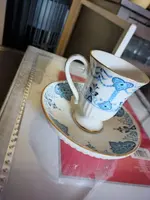 IMG_20221206_115622.webp340.4 KB · Views: 34
IMG_20221206_115622.webp340.4 KB · Views: 34 -
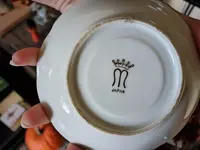 IMG_20221206_115157.webp213.1 KB · Views: 26
IMG_20221206_115157.webp213.1 KB · Views: 26 -
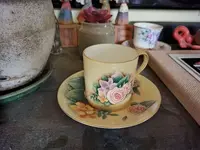 IMG_20221206_115225.webp646.5 KB · Views: 30
IMG_20221206_115225.webp646.5 KB · Views: 30 -
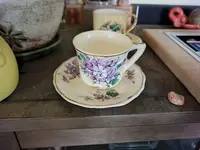 IMG_20221206_115304.webp565.6 KB · Views: 35
IMG_20221206_115304.webp565.6 KB · Views: 35 -
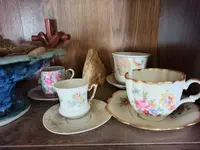 IMG_20221206_115318.webp599.1 KB · Views: 32
IMG_20221206_115318.webp599.1 KB · Views: 32 -
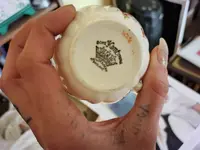 IMG_20221206_115347.webp251.5 KB · Views: 30
IMG_20221206_115347.webp251.5 KB · Views: 30 -
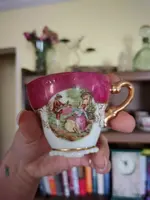 IMG_20221206_115422.webp286.3 KB · Views: 33
IMG_20221206_115422.webp286.3 KB · Views: 33 -
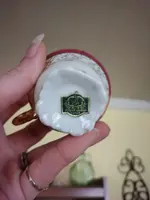 IMG_20221206_115439.webp332.8 KB · Views: 33
IMG_20221206_115439.webp332.8 KB · Views: 33 -
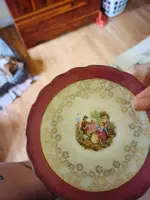 IMG_20221206_115507.webp350.3 KB · Views: 31
IMG_20221206_115507.webp350.3 KB · Views: 31 -
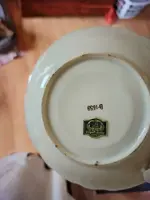 IMG_20221206_115534.webp266.4 KB · Views: 34
IMG_20221206_115534.webp266.4 KB · Views: 34 -
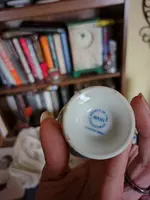 IMG_20221206_115559.webp584.3 KB · Views: 31
IMG_20221206_115559.webp584.3 KB · Views: 31 -
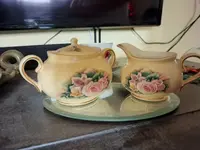 IMG_20221206_115144.webp438 KB · Views: 33
IMG_20221206_115144.webp438 KB · Views: 33 -
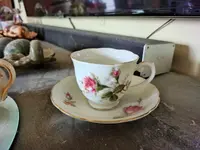 IMG_20221206_115127.webp578.4 KB · Views: 31
IMG_20221206_115127.webp578.4 KB · Views: 31 -
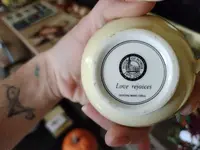 IMG_20221206_115104_HDR.webp902.3 KB · Views: 33
IMG_20221206_115104_HDR.webp902.3 KB · Views: 33




